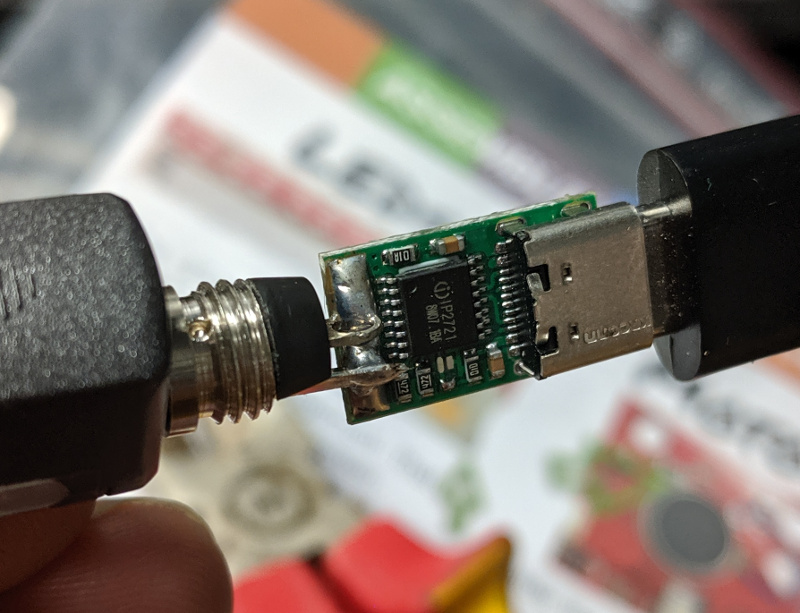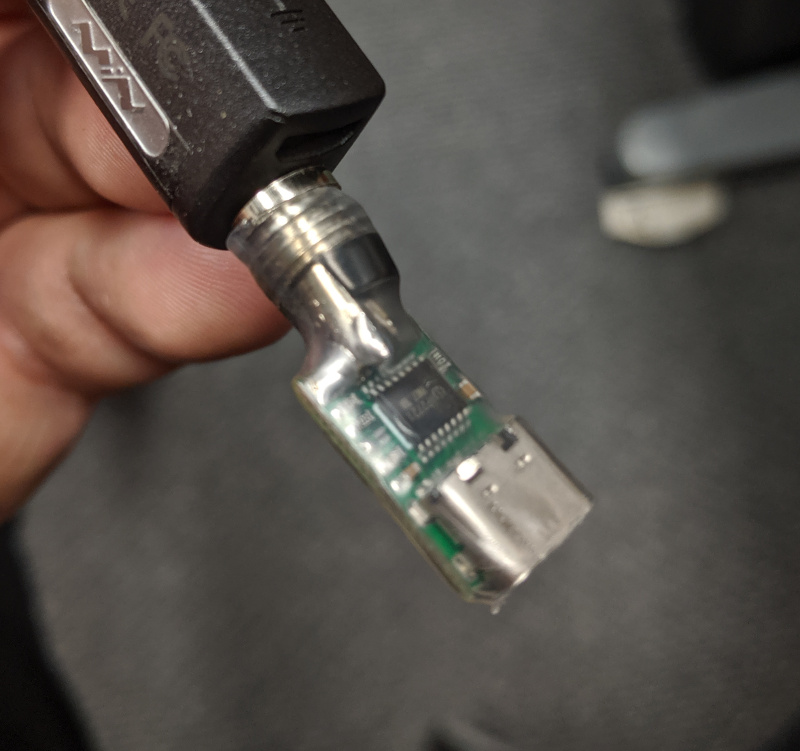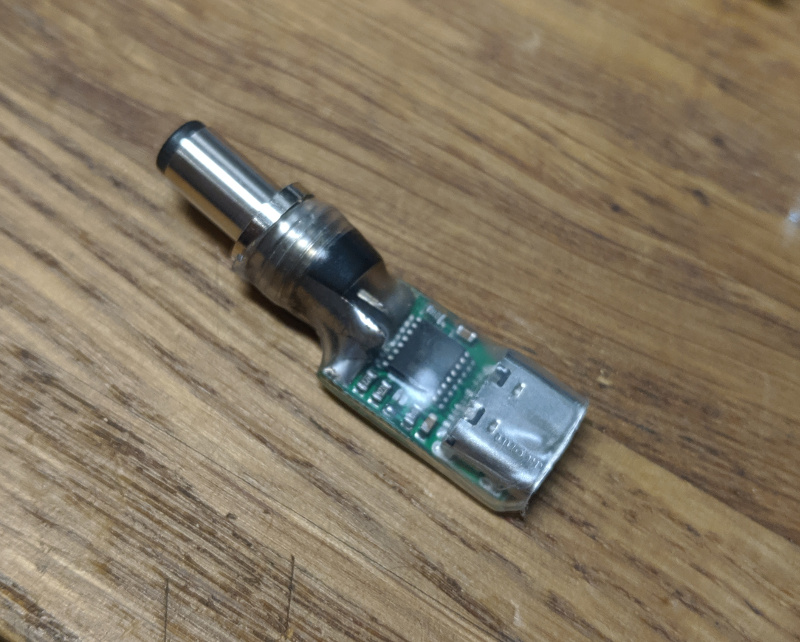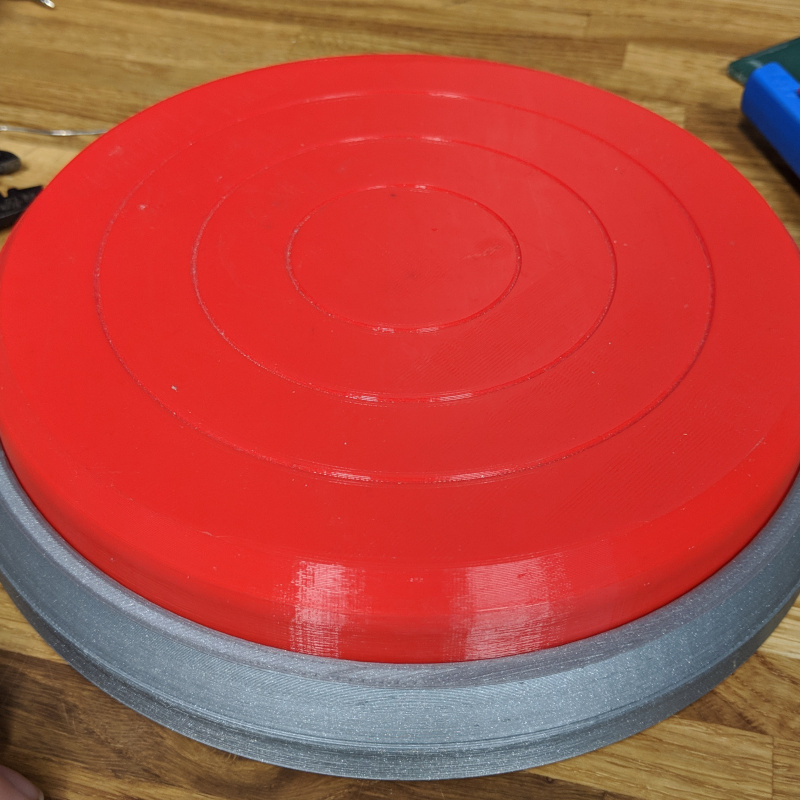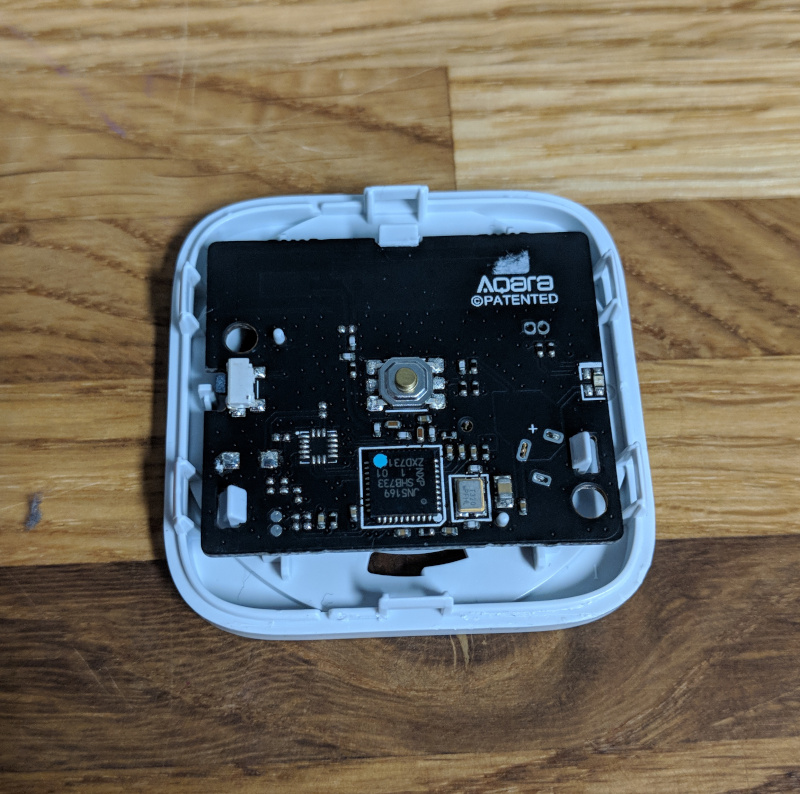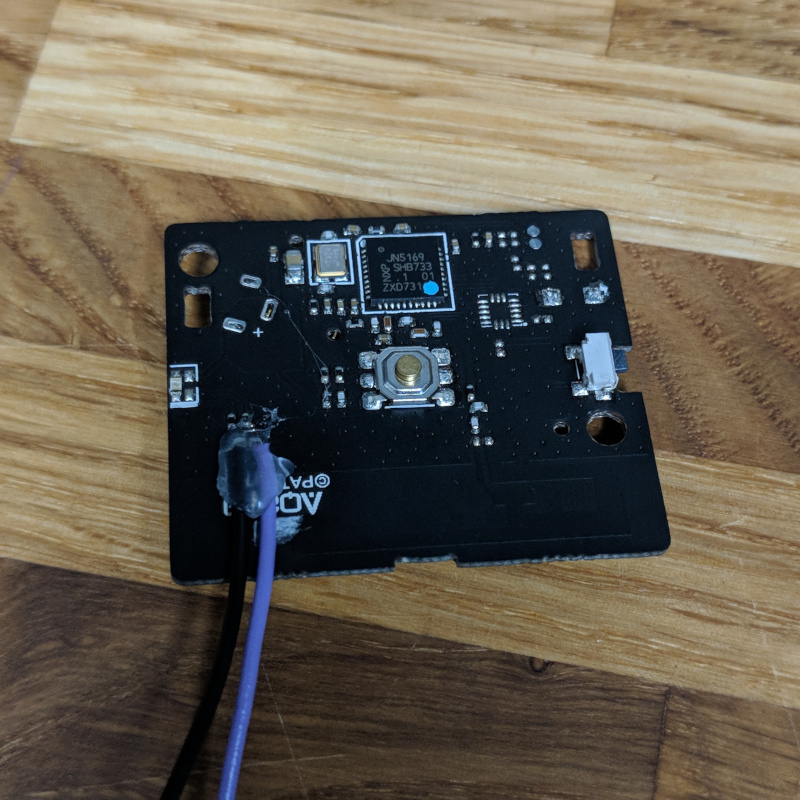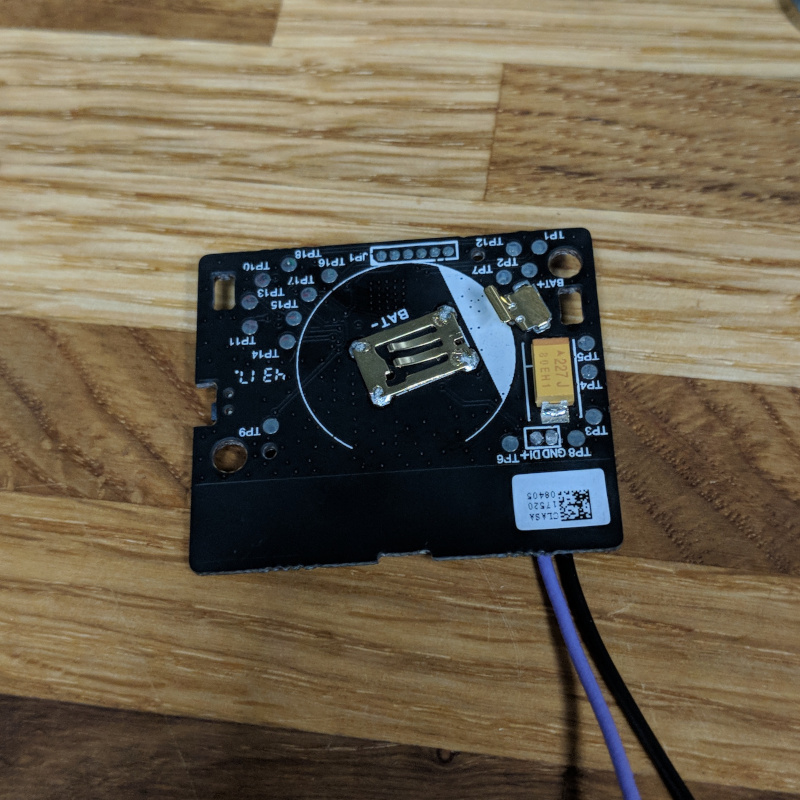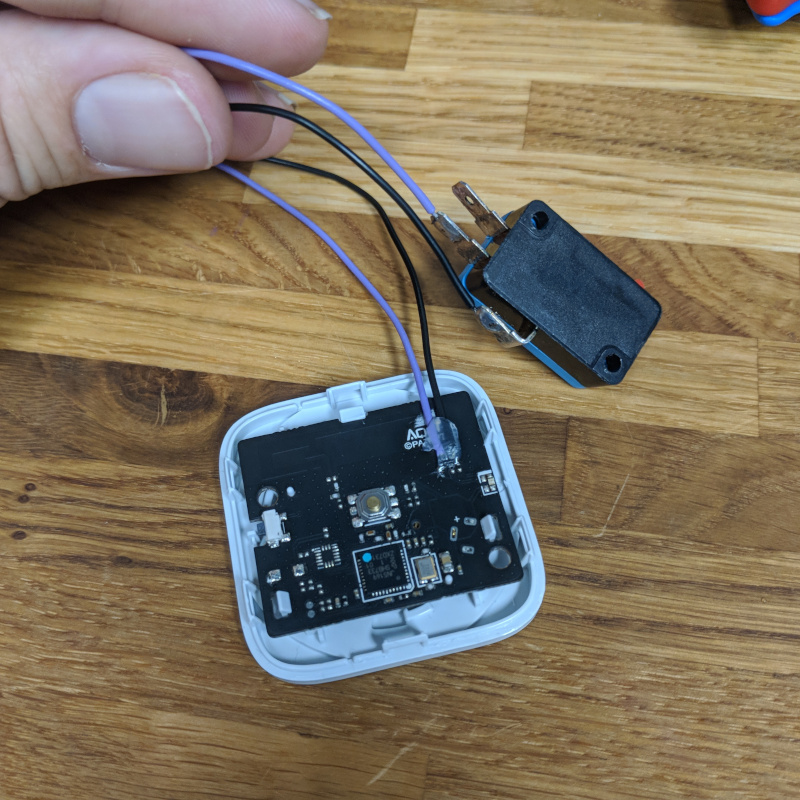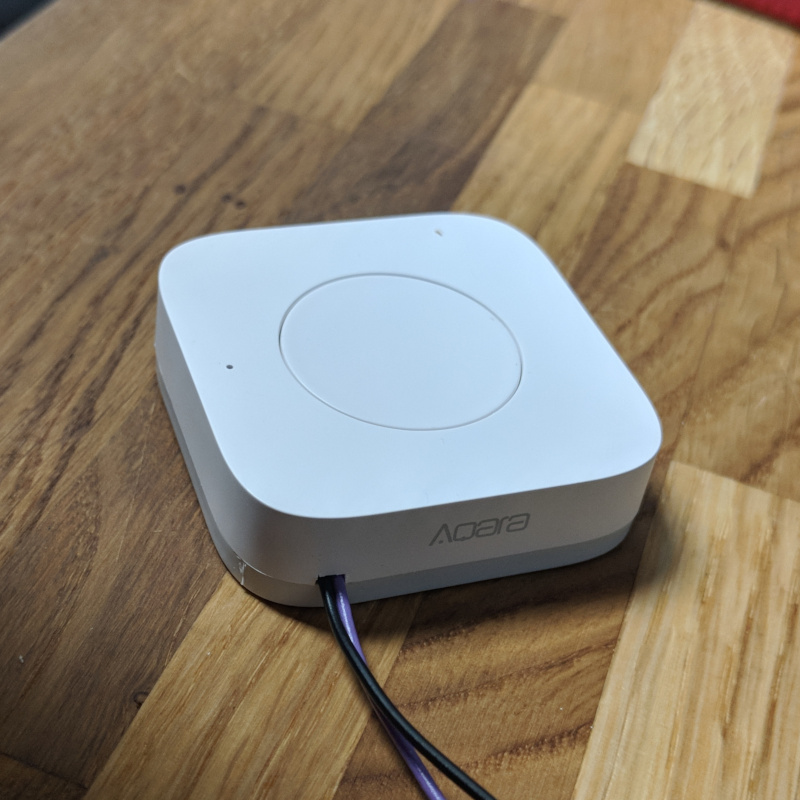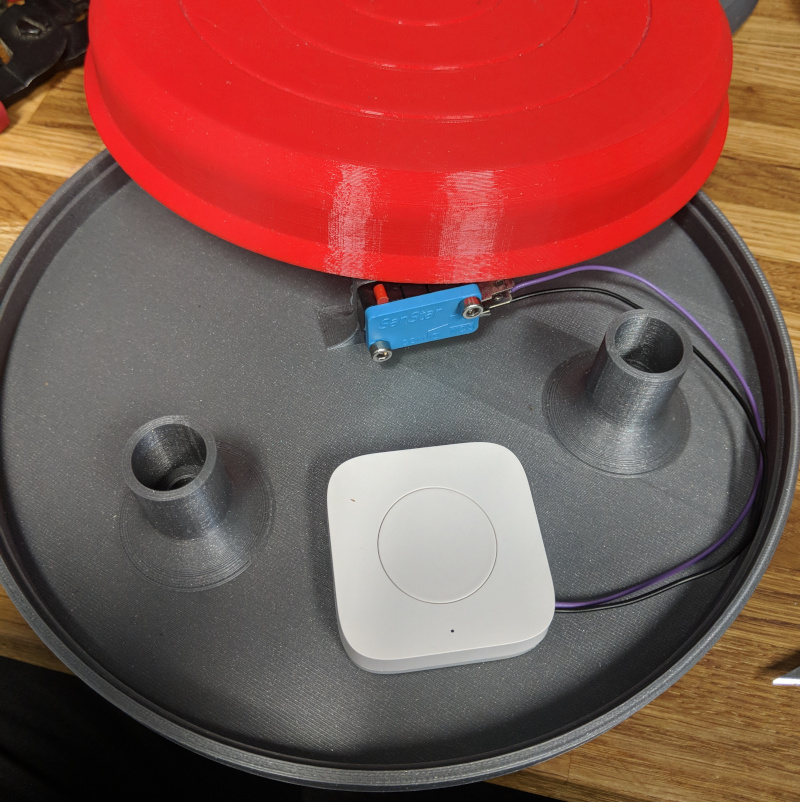Years ago, at a previous job, i was asked to put up a monitoring display showing
details from our service desk. I was given a TV and a Raspberry Pi, and told to
go at it.
I hacked around a bit, eventually had something that sort of worked, noted down
how i'd done it, and moved on. When a friend asked me for more details i passed
on my notes, and after a couple of years of poking around between a few of us,
we have a pretty good idea how to implement this. Tas has documented it in
great detail on her blog
here and
here.
So, at work i've set up a new monitoring system for our servers and services.
And i've found a nice dashboard that hooks into it and gives a ten-foot view.
And i have a spare raspberry pi and projector. Hmm.
I decided this time though, i'd do it properly. I've faffed about running
through those instructions too many times in the past few years, and i'm now
pretty handy with ansible for automation. Seems logical to implement it using
that right?
So to start with, we have a raspberry pi running raspbian lite. We don't need
all the full everything installed on it, just the few bits we want to display a
browser full screen. We need to specify the user we plan on running as, and the
url to display. I do this in host_vars/kiosk.example.com
| kiosk:
url: http://example.com/monitoring-dashboard
user: pi
|
Then we have a role set up to actually do the thing. This is the playbook
itself, at roles/chromium-kiosk/tasks/main.yml:
1
2
3
4
5
6
7
8
9
10
11
12
13
14
15
16
17
18
19
20
21
22
23
24
25
26
27
28
29
30
31
32
33
34
35
36
37
38
39
40
41
42
43
44
45
46
47
48
49
50
51 | - name: Install X etc
apt:
name: "{{item}}"
state: present
install_recommends: no
with_items:
- xserver-xorg
- xinit
- xserver-xorg-video-fbdev
- lightdm
- chromium-browser
- unclutter
- name: Enable auto-login to x for user
lineinfile:
regexp: "{{item.r}}"
line: "{{item.l}}"
path: /etc/lightdm/lightdm.conf
with_items:
- {'r': "^#?autologin-user=", 'l':"autologin-user={{kiosk.user}}"}
- {'r': "^#?autologin-user-timeout=", 'l':"autologin-user-timeout=0"}
notify: restart lightdm
- name: Set up xsession for user
template:
src: xsession.j2
dest: "/home/{{kiosk.user}}/.xsession"
notify: restart lightdm
- name: Make sure user has passwordless sudo for running fbset command
copy:
content: "{{kiosk.user}} ALL=(ALL:ALL) NOPASSWD: /bin/fbset\n"
dest: "/etc/sudoers.d/kiosk-user"
owner: root
group: root
mode: 0444
notify: restart lightdm
- stat:
path: /boot/config.txt
register: pi_config
- name: disable overscan if we're on a pi
lineinfile:
regexp: "{{item.r}}"
line: "{{item.l}}"
path: /etc/lightdm/lightdm.conf
with_items:
- {'r': "^#?disable_overscan=", 'l':"disable_overscan=1"}
notify: restart lightdm
when: pi_config.stat.exists
|
We then have a handler to restart lightdm when we change any settings. This
will cause the kiosk display to restart. It sits at
roles/chromium-kiosk/handlers/main.yml
| - name: restart lightdm
service:
name: lightdm
state: restarted
|
And finally, the template for the xsession, this has a few modifications, it
will automatically detect your screen size, and checks that it can see a http
200 code from the specified URL before starting the browser. It lives at
roles/chromium-kiosk/templates/xsession.j2
1
2
3
4
5
6
7
8
9
10
11
12
13
14
15
16
17
18
19
20
21
22 | # Set this to your URL - it must return a 200 OK when called, not a redirect.
export URL={{kiosk.url}}
# Dont want screensavers or screen blanking
xset s off &
xset -dpms &
xset s noblank &
# Hide the mouse cursor
unclutter -idle 10 -noevents &
# Sit and wait until you can hit the URL you'll be showing in the kiosk
while ! curl -s -o /dev/null -w "%{http_code}" ${URL} | grep -q "200"; do
sleep 1
done
# get screen resolution
WIDTH=`sudo fbset -s | grep "geometry" | cut -d " " -f6`
HEIGHT=`sudo fbset -s | grep "geometry" | cut -d " " -f7`
# Open chrome in incognito mode + kiosk mode
/usr/bin/chromium-browser --window-size=${WIDTH},${HEIGHT} --window-position=0,0 --hide-scrollbars --incognito --kiosk ${URL}
|

